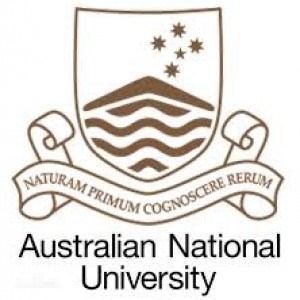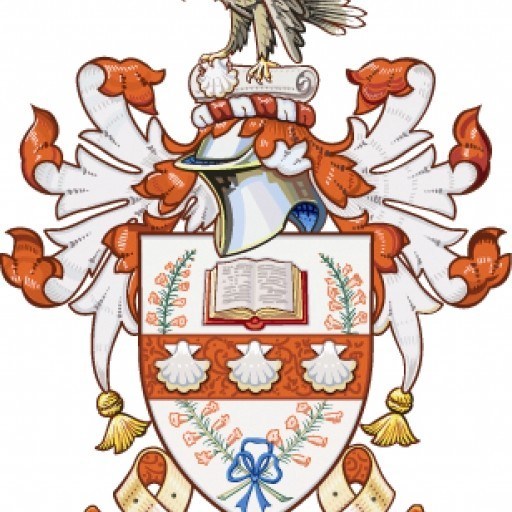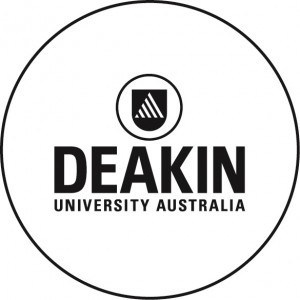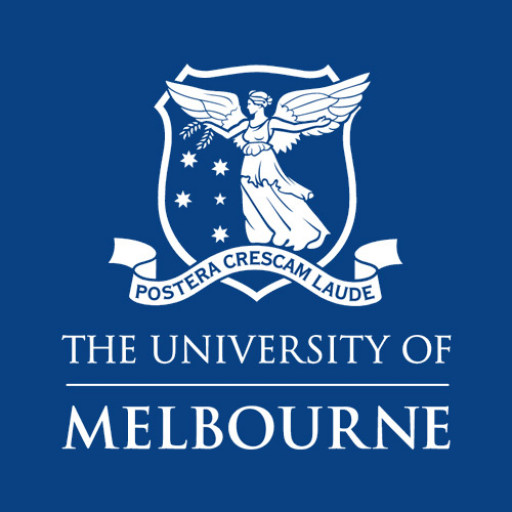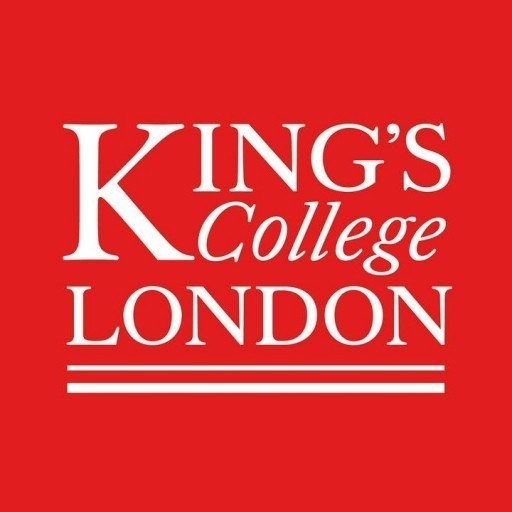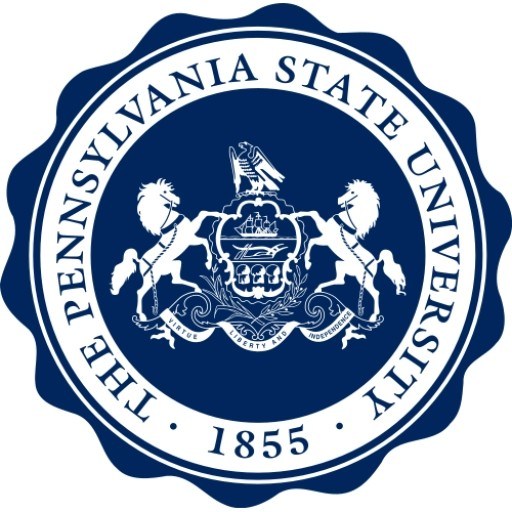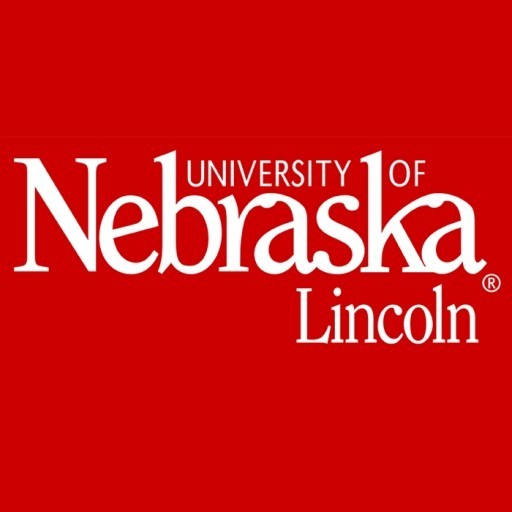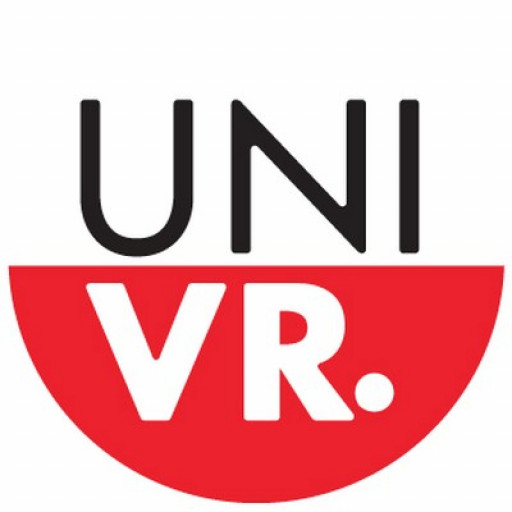Photos of university / #ouranu
The Master of Science Communication and Outreach at the Australian National University is a comprehensive graduate program designed to equip students with the skills and knowledge necessary to effectively communicate scientific ideas, research, and innovations to diverse audiences. This interdisciplinary degree combines theoretical foundations with practical training, enabling graduates to bridge the gap between science and the public, policymakers, media, and other stakeholders. Throughout the program, students engage with a broad range of topics including science journalism, media production, digital communication, public engagement strategies, and science policy. The curriculum emphasizes the development of critical thinking, storytelling abilities, multimedia literacy, and ethical considerations in science communication. Students have the opportunity to work on real-world projects, collaborate with leading scientists and communication professionals, and participate in internships or field placements that enhance their practical experience. The program aims to prepare graduates for careers in science journalism, media consultancy, public outreach, cultural institutions, government agencies, and non-profit organizations dedicated to science promotion. With access to the university’s extensive resources, including expert faculty, cutting-edge media facilities, and a vibrant research environment, students are well-positioned to become effective science communicators capable of making complex scientific information accessible and engaging to the wider community. Through its innovative approach, the Master of Science Communication and Outreach fosters a new generation of professionals committed to informing public discourse on science, advancing scientific literacy, and contributing to evidence-based decision-making. The program’s flexible modes of study, including on-campus and online options, cater to a diverse student body with varied backgrounds and professional aspirations. Graduates leave equipped not only with technical expertise but also with the confidence and ethical grounding necessary to enhance the dialogue between science and society on critical issues facing the world today.
The Science Communication Outreach program at the Australian National University is designed to equip students with the essential skills and knowledge to effectively communicate complex scientific concepts to diverse audiences. This innovative program emphasizes the importance of bridging the gap between scientific research and public understanding, fostering a culture of science literacy and engagement within society. Throughout the program, students explore a wide range of topics including media communication, public engagement strategies, science writing, digital communication, and the ethical considerations involved in science outreach initiatives. The curriculum combines theoretical foundations with practical experiences, allowing students to develop their abilities in crafting compelling narratives, creating engaging multimedia content, and utilizing various communication platforms such as social media, podcasts, and community events. Students will also learn how to tailor their messages to different audiences, including educators, policymakers, and the general public, ensuring impactful dissemination of scientific information. The program aims to produce graduates who are capable of working in a variety of careers related to science communication, including science journalism, science policy, public relations, and educational outreach. In addition to coursework, students have opportunities to participate in hands-on projects, internships, and collaborations with research institutions and industry partners, providing real-world experience and professional networking opportunities. The program emphasizes ethical communication practices and the responsible use of information, preparing students to serve as credible and trustworthy sources of scientific knowledge. By completing this program, graduates will be well-equipped to promote science literacy, inspire curiosity, and foster informed decision-making in society. The program’s interdisciplinary approach underscores its commitment to integrating communication skills with scientific expertise, ensuring graduates are versatile and well-prepared to meet the challenges of an increasingly information-driven world.
- A Bachelor Honours degree or international equivalent with a minimum GPA of 5.0/7.0
- Cognate Areas: Science, Engineering and Technology degrees including Mathematical Sciences, Physics and Astronomy, Chemical Sciences, Earth Sciences, Biological Sciences, Environmental Studies, Other Natural and Physical Sciences, Information Technology, Engineering and Related Technologies, Health and Education Students must meet the ANU Englishlanguage Requirements.
The Australian National University offers a variety of financing options to support students enrolled in the Science Communication Outreach program. Domestic students may be eligible for Commonwealth-supported places, which significantly reduce tuition fees as the government subsidizes a portion of the cost. These students are also encouraged to apply for Austudy or Youth Allowance payments if they meet specific residency and income criteria, providing financial assistance during their studies. Additionally, the university offers numerous scholarships targeted at students pursuing science communication, including merit-based awards, equity scholarships, and discipline-specific funding opportunities. International students can explore options such as university-specific scholarships, which may cover tuition fees partially or in full, or external sponsorships from organizations interested in science communication careers. The Australian National University also provides a range of student loans and payment plans to help manage tuition fees and associated costs, including the Overseas Student Health Cover (OSHC) requirement. Furthermore, students are advised to investigate external funding sources such as government grants, research awards, and private fellowships dedicated to science outreach and communication studies. The program's cost structure is designed to be transparent, with detailed fee schedules published on the university's official website, allowing prospective students to plan their finances accordingly. Students are also encouraged to participate in part-time and casual employment opportunities available on campus to support their financial needs during their studies. The university's financial aid office provides comprehensive guidance and counseling for students seeking assistance, ensuring they are aware of all available funding channels. Many students leverage a combination of university scholarships, student loans, external grants, and part-time work to finance their education in science communication outreach effectively. Overall, the program emphasizes accessible funding options to foster the development of future science communicators without imposing unwarranted financial barriers.
The Science Communication Outreach program at the Australian National University (ANU) is designed to equip students with the skills and knowledge necessary to effectively communicate scientific concepts to diverse audiences. This program emphasizes the importance of translating complex scientific ideas into accessible language, fostering public understanding and appreciation of science. It covers various communication techniques, including media engagement, public speaking, science journalism, and digital content creation. Students engage in practical exercises, workshops, and real-world projects that allow them to develop their communication skills in a supportive environment. The program aims to prepare graduates for careers in science journalism, public outreach, policy advising, and educational roles, where their ability to articulate scientific information is crucial. The curriculum is often integrated with other disciplines such as media studies, marketing, and education, reflecting the interdisciplinary nature of science communication today. Students may have opportunities to participate in outreach events, science festivals, and collaborations with research institutions and community groups. The program also emphasizes critical thinking about scientific ethics, communication strategies, and audience engagement. Overall, the Science Communication Outreach offering at ANU provides a comprehensive foundation for those passionate about bridging the gap between science and society, ensuring that scientific advancements are effectively conveyed and understood by the public.
